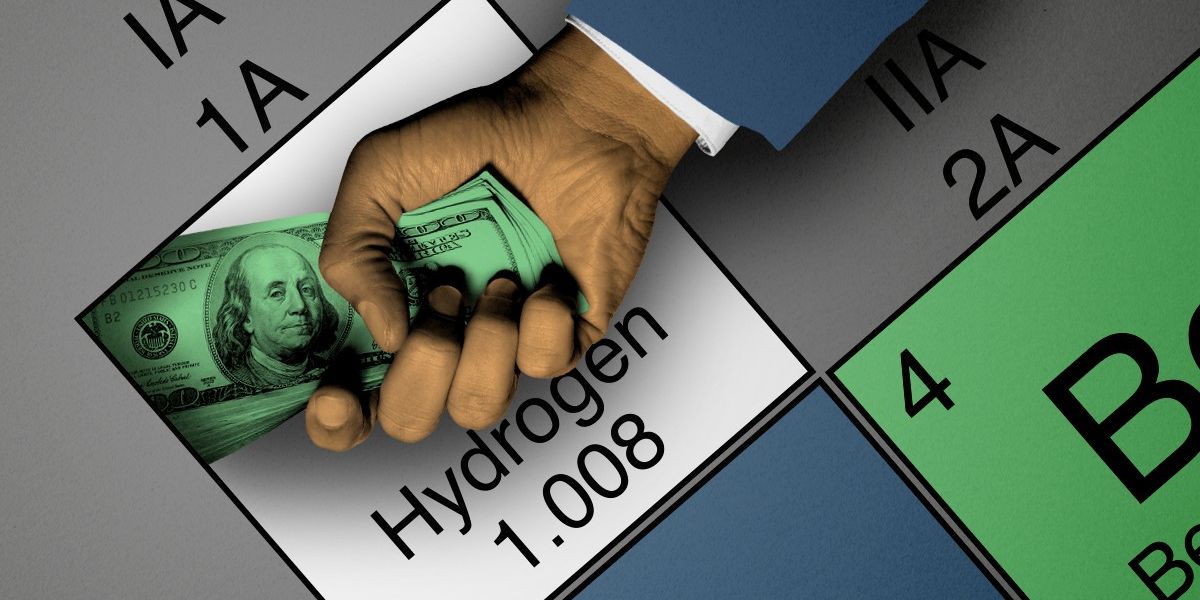Hydrogen might be carbon-free but it can still damage California's climate
Luckily, California has already created a variety of world-class regulatory programs to monitor and reduce greenhouse gas emissions. By adding hydrogen to the list of regulated greenhouse gases, the state Legislature can immediately put regulators to work tracking hydrogen emissions and making sure SoCalGas, DWP and others only build new hydrogen projects when they’re both necessary and climate-safe. This approach will also focus researchers and entrepreneurs on improving our limited tools for preventing and detecting hydrogen leaks.
Luckily, California has already created a variety of world-class regulatory programs to monitor and reduce greenhouse gas emissions. By adding hydrogen to the list of regulated greenhouse gases, the state Legislature can immediately put regulators to work tracking hydrogen emissions and making sure SoCalGas, DWP and others only build new hydrogen projects when they’re both necessary and climate-safe. This approach will also focus researchers and entrepreneurs on improving our limited tools for preventing and detecting hydrogen leaks.






